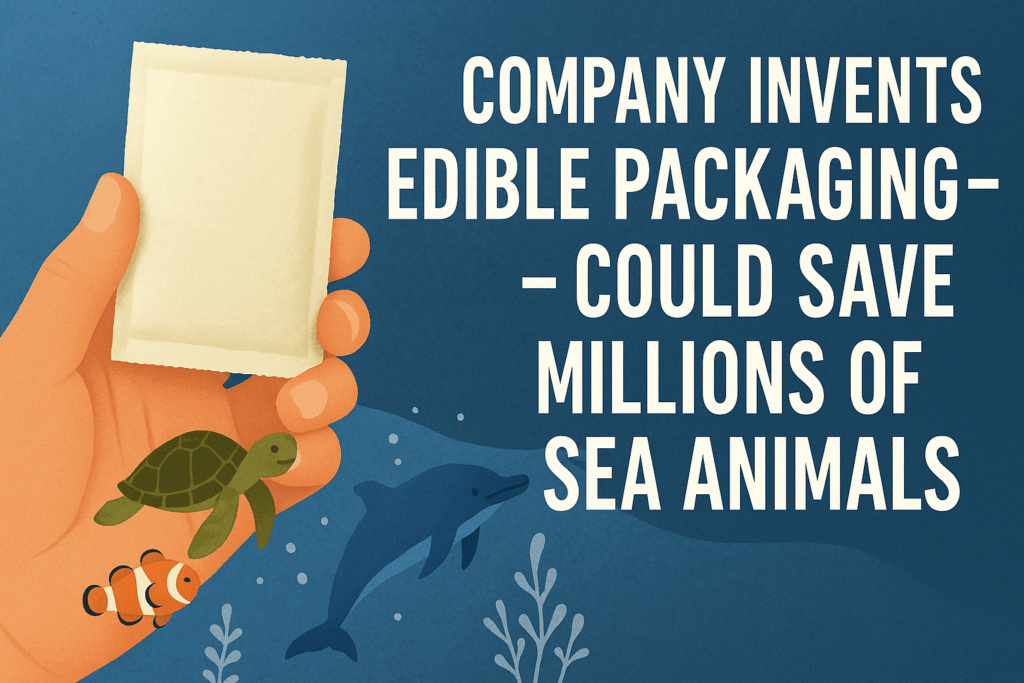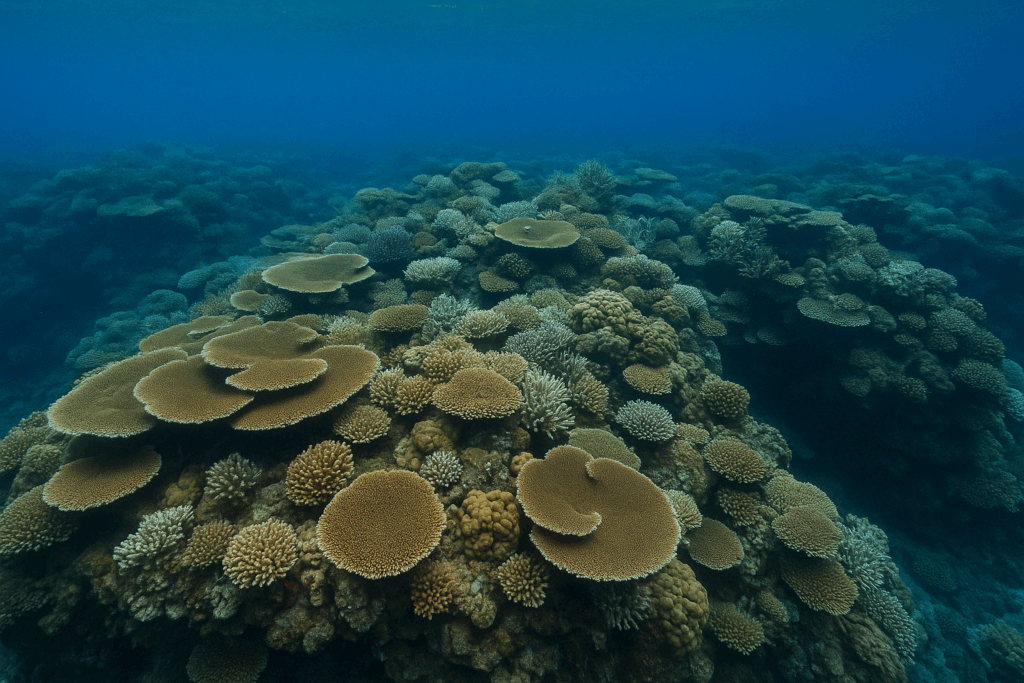1. The Discovery: Nature’s Plastic Recycler
The Bacteria
- Name: Ideonella sakaiensis (first found in a Japanese recycling plant).
- How it works: Secretes two enzymes (PETase + MHETase) that convert PET into harmless terephthalic acid and ethylene glycol—materials that can be reused or safely degrade.
- Speed: Eats through a plastic film 200x faster than natural decomposition.
Lab Results
- In controlled tests, the bacteria reduced plastic waste by 90% in weeks.
- Genetic tweaks boosted its appetite—researchers aim for 100% breakdown efficiency.
2. Why This Changes Everything
🌍 Landfills: Could neutralize the 381 million tons of plastic dumped yearly.
🐠 Oceans: Potential to clean microplastics without harming marine life.
♻ Circular Economy: Broken-down components can be reassembled into new plastic—eliminating “downcycling.”
“This is like discovering a bacteria that turns lead into gold,” says lead researcher [Name].
3. Real-World Applications in Development
A. “Bio-Reactor” Treatment Plants
- Pilot facilities where bacteria process tons of plastic waste (like composting).
- Example: A UK startup plans to deploy this by 2026.
B. Ocean Cleanup Drones
- Autonomous boats with bacteria-filled filters to digest floating plastic.
C. Self-Destructing Packaging
- Future plastic products could contain dormant bacteria, activating when exposed to water/heat.
4. Challenges & Risks
⚠ Speed vs. Scale: Lab success ≠ processing millions of tons yet.
⚠ GMO Concerns: Could engineered bacteria disrupt ecosystems?
⚠ Industry Pushback: Oil companies (plastic producers) may resist.
“We need safeguards, but ignoring this tool would be madness,” argues [Bioethicist].
5. The Bigger Picture: Stopgap or Silver Bullet?
✔ Not a free pass to keep polluting—still vital to reduce plastic use.
✔ Best paired with bans on single-use plastics and better recycling.


Leave a Reply